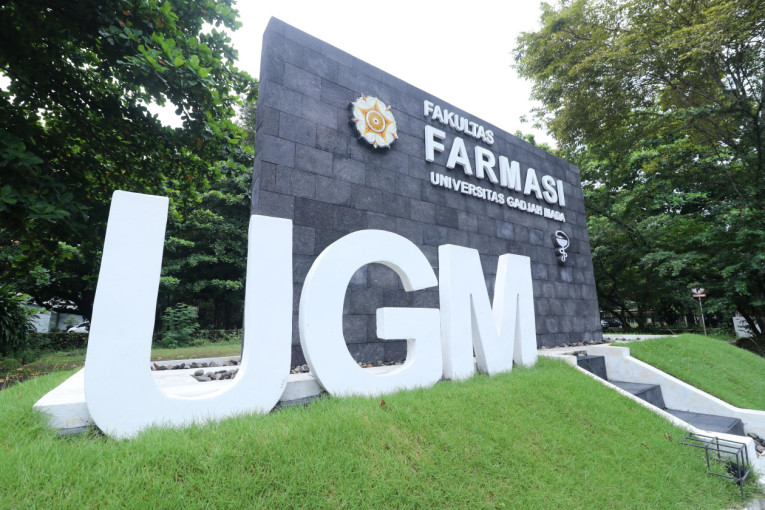UGM Beri Sanksi Pelaku Kekerasan Seksual di Fakultas Farmasi
Terkait dengan kasus kekerasan seksual (KS) kepada mahasiswa yang terjadi di Fakultas Farmasi yang ramai di diberitakan di beberapa media pada minggu-minggu terakhir ini, tindakan KS ters...











































